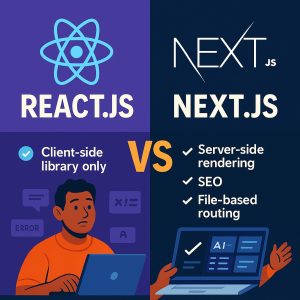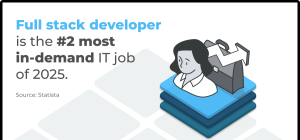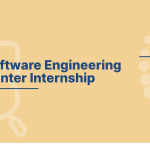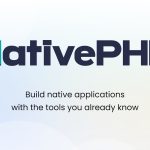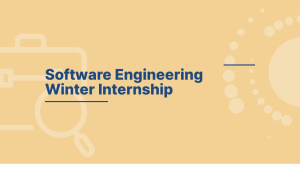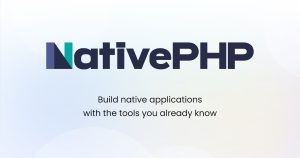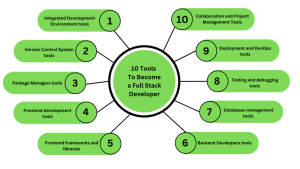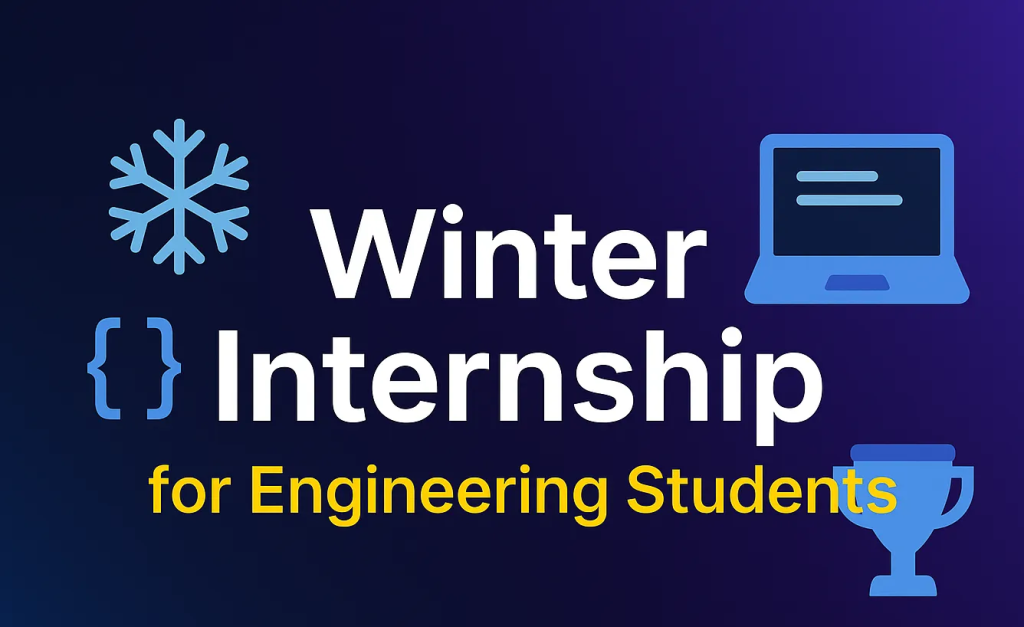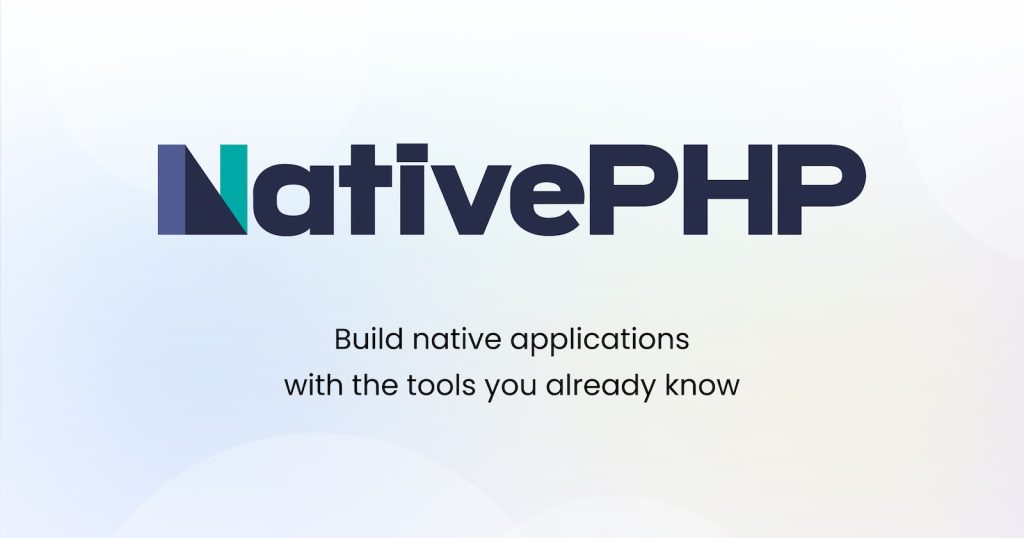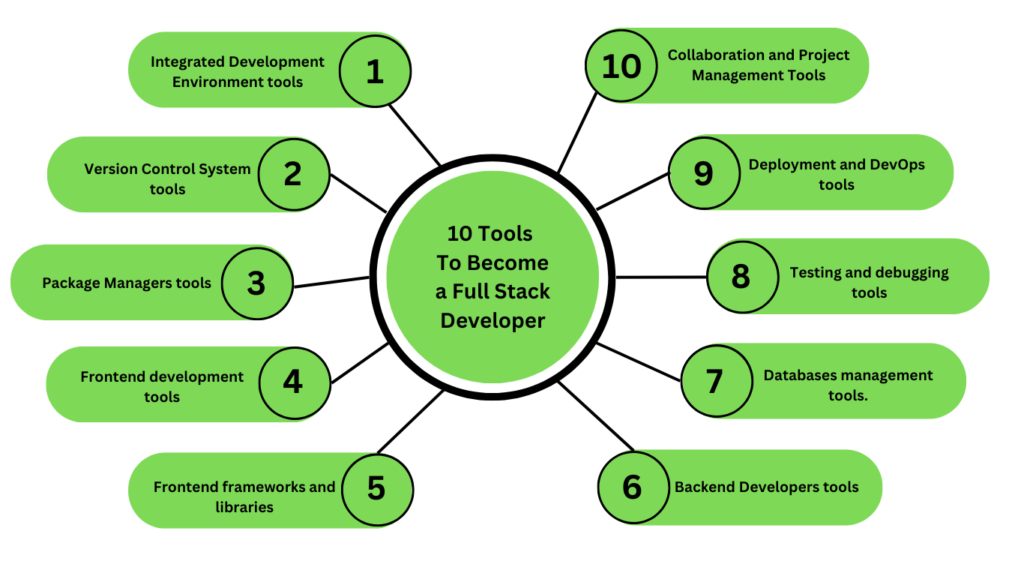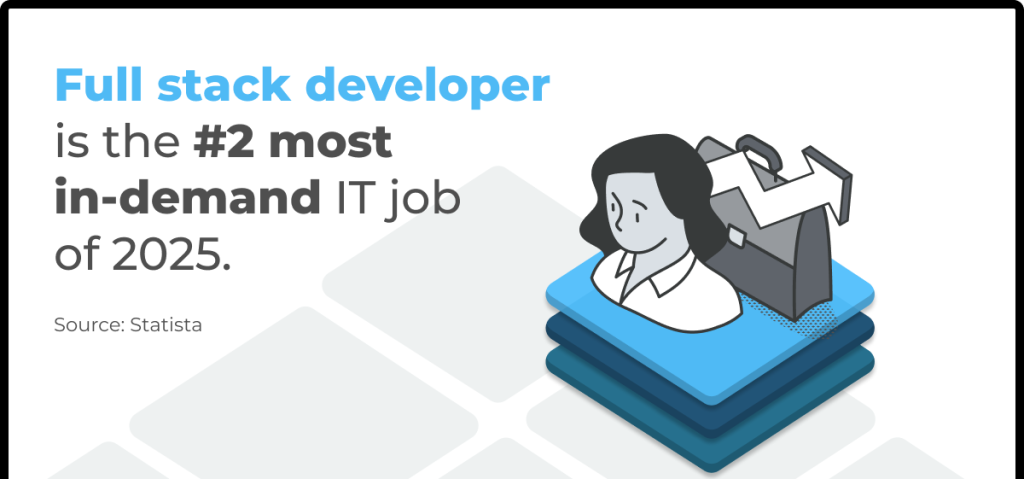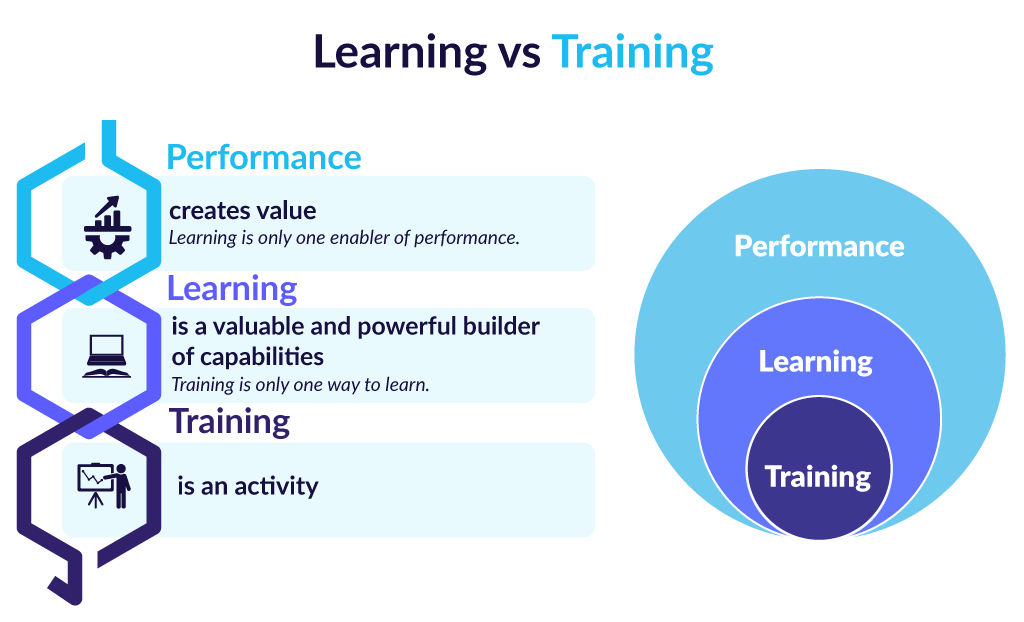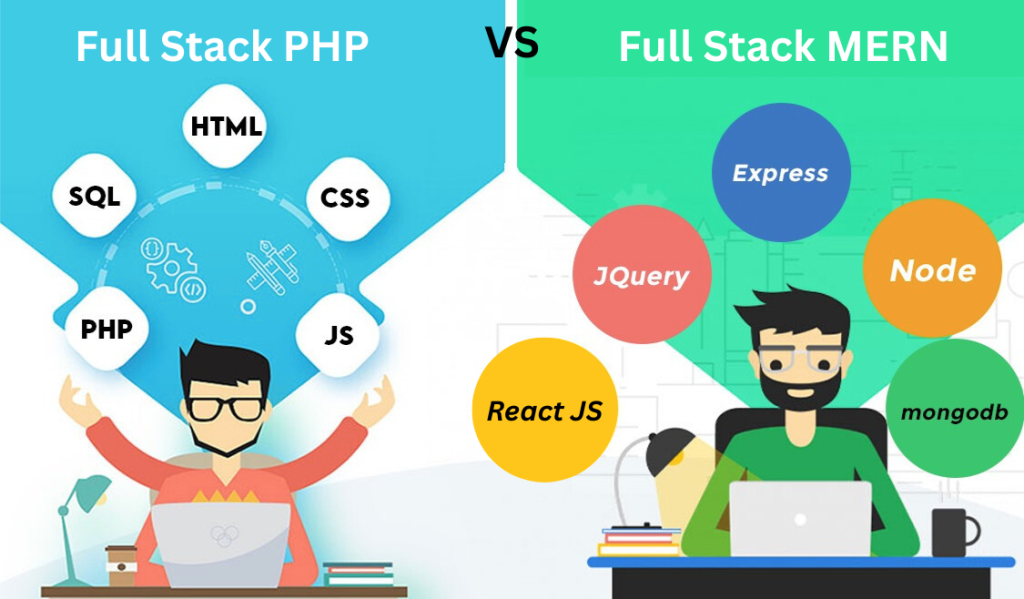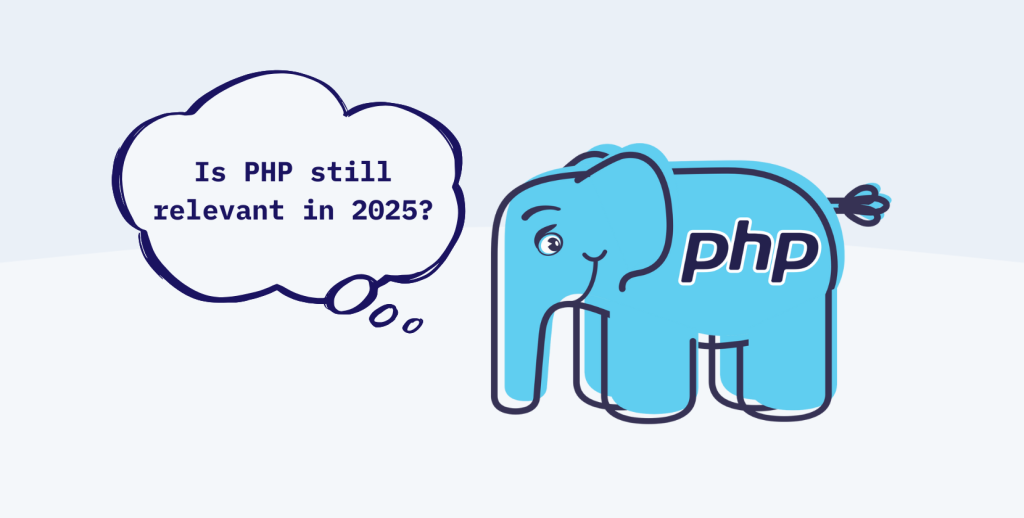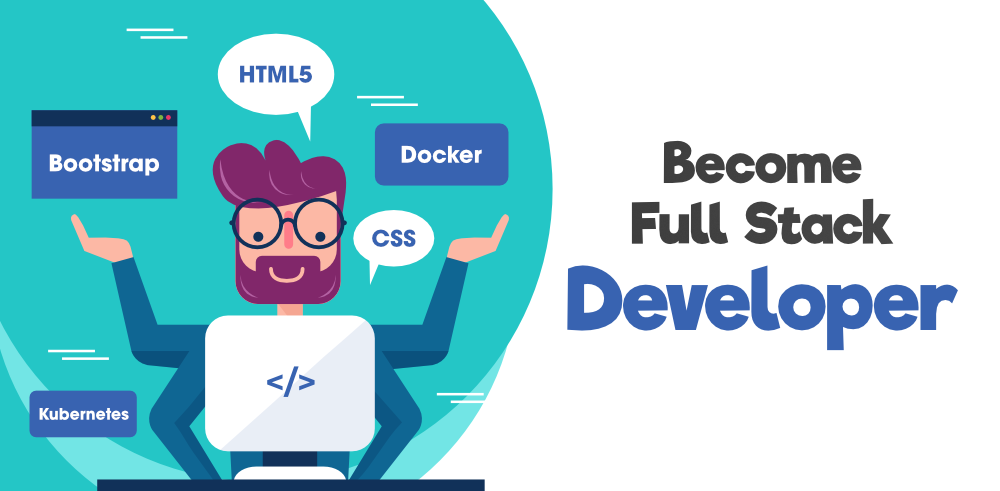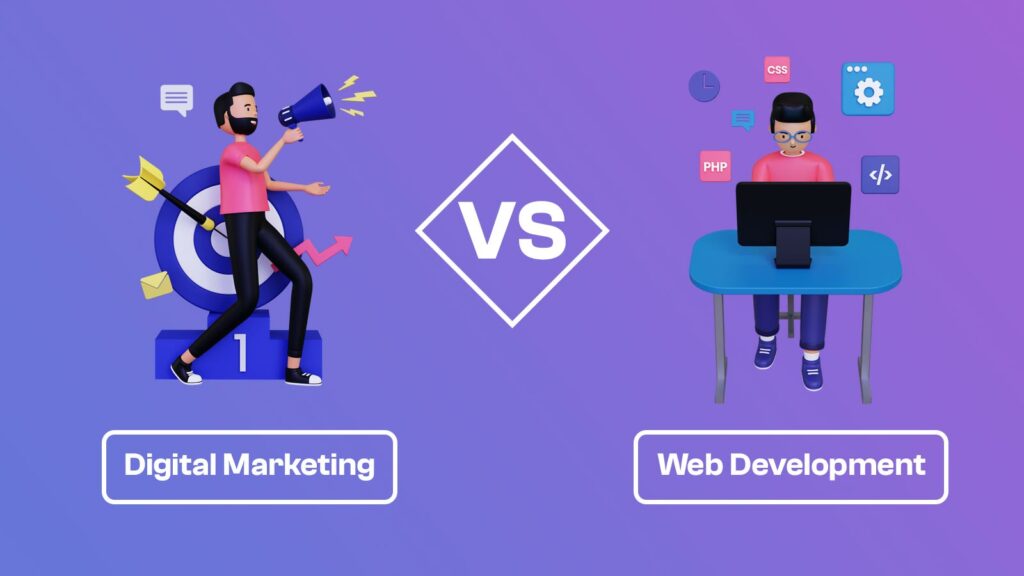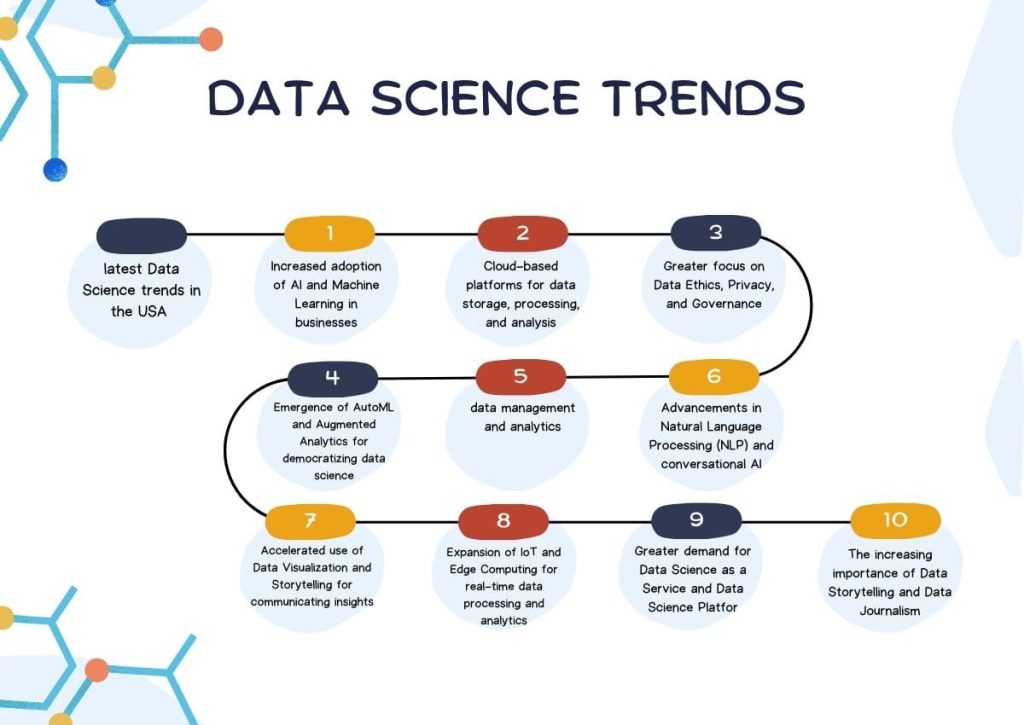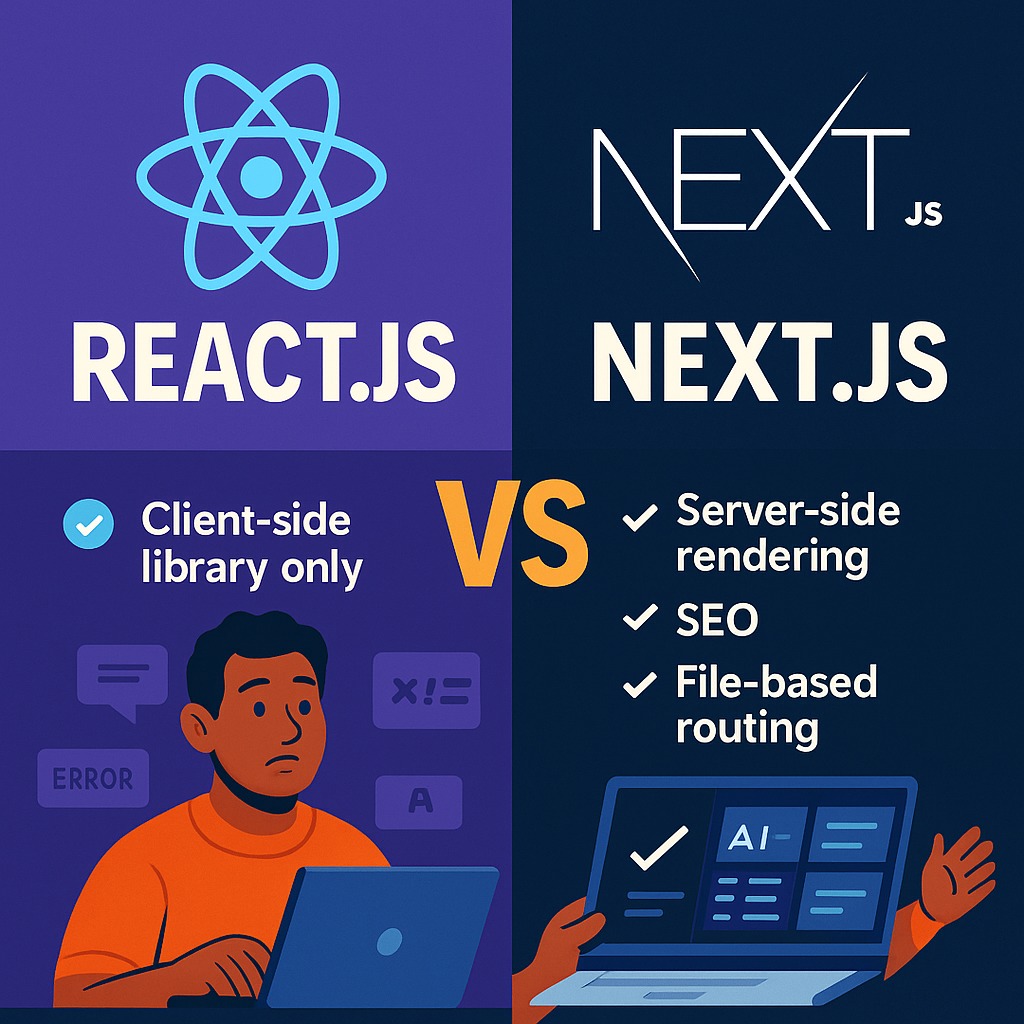The Future of Full Stack Web Development Career in 2025 and Beyond
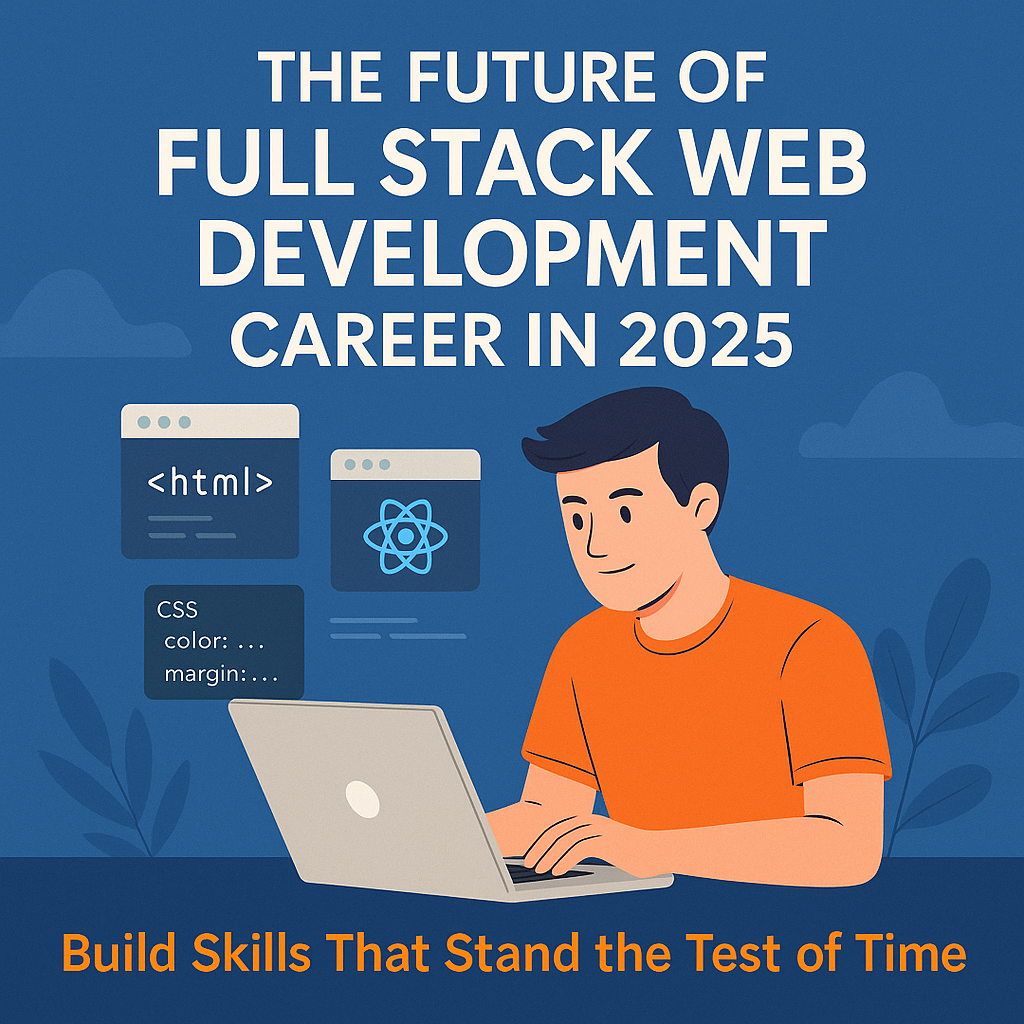
In the world of tech, things change fast — but some skills stand the test of time. One of those is Full Stack Web Development.
Whether you’re a student exploring your career options, or someone already learning to code, you’ve probably heard the term “full stack” tossed around a lot. But what does it really mean? And more importantly — is it still a smart career move in 2025?
Let’s unpack it.
What Is Full Stack Web Development?
A Full Stack Developer is someone who can work on both the frontend (what users see and interact with) and the backend (the behind-the-scenes logic, database, and server).
They use a variety of tools like:
- Frontend: HTML, CSS, JavaScript, React
- Backend: Node.js, Express.js, MongoDB, MySQL
Being “full stack” doesn’t mean you know everything — it means you understand enough to build a complete web application from start to finish.
Why Full Stack Skills Still Matter in 2025
As more services move online, demand for web developers continues to grow — but companies now prefer developers who can adapt quickly, solve problems, and handle multiple parts of a project.
That’s exactly what full stack developers do.
Here are a few reasons these skills are still in high demand:
- Efficiency: Companies can hire one person to manage multiple parts of a project.
- Adaptability: Full stack developers can switch between frontend and backend tasks as needed.
- Project ownership: Developers can take ideas from concept to finished product.
It’s also worth noting that full stack roles continue to be listed among the top 5 most in-demand jobs in the tech industry, both in India and internationally.
What Does the Future Hold?
Full Stack Development isn’t going anywhere — but it is evolving.
1. Rise of JavaScript Frameworks
Modern web apps are being built using powerful frameworks like React, Vue, and Next.js. Full stack developers who stay up to date with these tools will continue to find strong opportunities.
2. API-First and Headless Development
Websites and apps are increasingly being built to connect with APIs and content systems. Understanding how to connect different services is now a key skill for developers.
3. Cloud & DevOps Skills
Hosting, deployment, and scaling are becoming part of a developer’s toolkit. Platforms like AWS, Vercel, Netlify, and Firebase are essential for real-world applications.
4. Remote Work Opportunities
Remote work is no longer a trend — it’s the norm. Full stack developers with a strong portfolio can find freelance or full-time work from anywhere.
How Can Students Prepare for a Career in Full Stack?
The good news is that full stack development is one of the most beginner-friendly paths in tech — you can start learning from your own laptop.
Here’s a step-by-step approach:
- Start with the Basics:
- HTML, CSS, JavaScript
- Learn a Frontend Framework:
- React is the most popular in 2025
- Build Backend Knowledge:
- Learn Node.js, Express.js, and databases like MongoDB
- Practice with Projects:
- Build a blog app, a to-do list, or clone an e-commerce site
- Understand Version Control:
- Learn Git and GitHub for real-world collaboration
- Explore Hosting and Deployment:
- Try deploying your projects on Vercel, Netlify, or Heroku
Most importantly — keep practicing. The best way to become a developer is to build things.
Final Thoughts
The world may be moving fast, but web development continues to grow with it. Full stack skills give you the flexibility to learn both sides of the web — and the freedom to choose the kind of work you enjoy.
Whether you’re aiming to work in a tech startup, join a large company, or freelance on your own terms, Full Stack Development remains one of the most relevant and rewarding paths in tech.
As 2025 approaches, the key isn’t just learning a tool or a language — it’s learning how to build.



